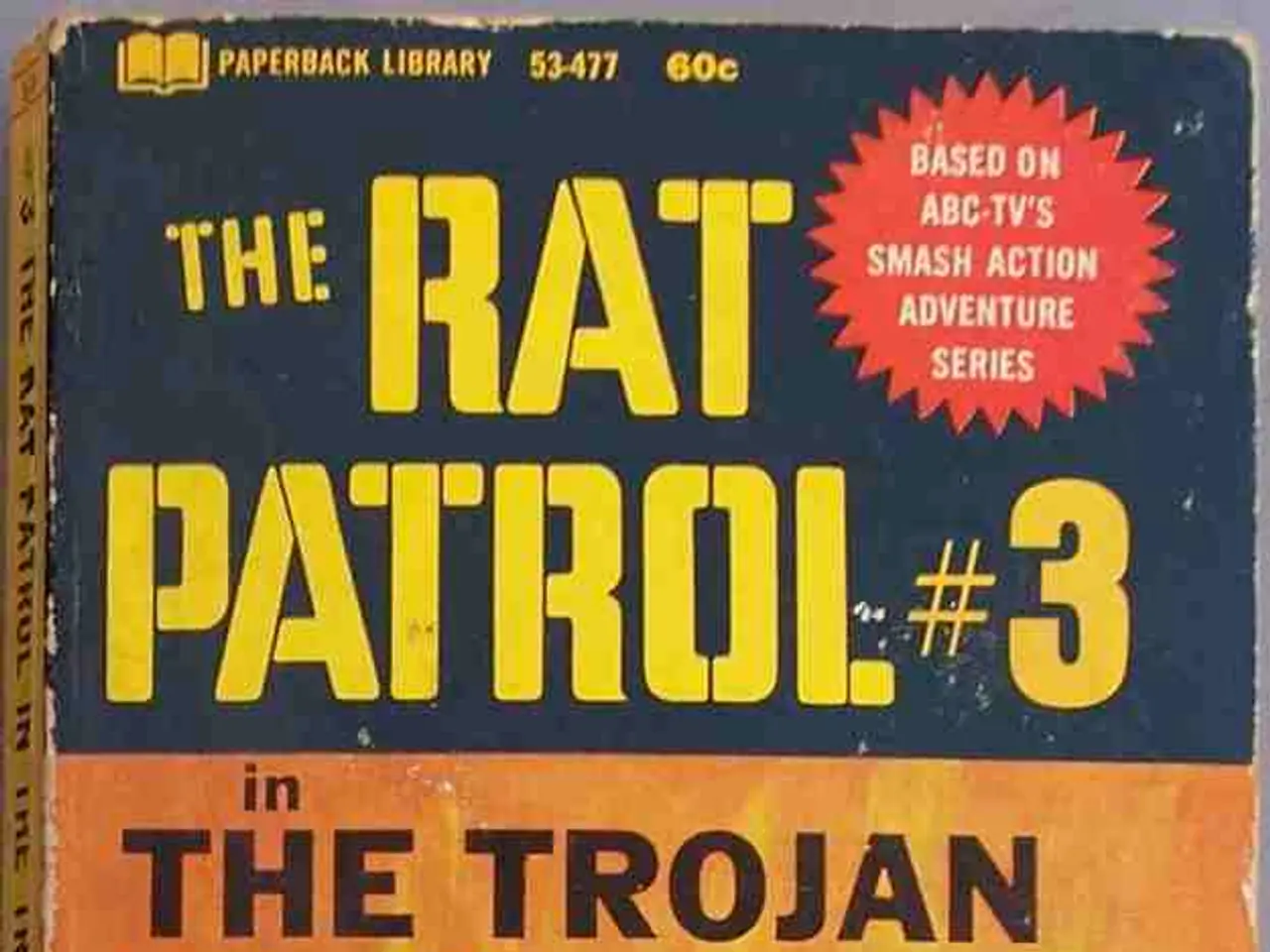Military Strategy in Ukraine's Conflict: A Nine-Decade Evolution Rooted in Russo-Centric Tactics
In the ongoing war in Ukraine, superiority in kill-chain effectiveness has become a prime objective for both sides, echoing the strategic thinking of Georgii Isserson in 1936 who emphasised the importance of recognising military developments from history. This struggle for superiority is a common theme in wars characterised by similar dynamics, where it often becomes an essential condition for victory.
The conflict has seen both sides capable of striking throughout the opponent's tactical and operational depth with a high level of accuracy. However, the increased ability to find and strike targets at both greater speed and distances has made traditional mass concentrations of troops a dangerous undertaking.
Russian forces, in response, have increasingly relied on loitering munitions for counterbattery fire and effectively used electronic warfare to counter Ukrainian Unmanned Aerial Vehicles (UAVs). This reflects a continuation of pre-war strategic thinking, emphasising combined arms offensives, air and naval operations, and nuclear deterrence.
However, despite advanced technologies and initial successes, Russian forces have faced significant setbacks and challenges controlling key territories, achieving air dominance, or executing effective combined arms operations. The conflict has largely turned into a protracted stalemate, with heavy fighting along frontlines and considerable territorial gains in eastern Ukraine, especially in Donetsk.
Russia’s nuclear posture has hardened, with exercises and deployments signalling escalation readiness. Yet, Russian planners appear to have miscalculated the resilience and modernization of the Ukrainian military, which has transformed dramatically since 2014 with Western training, advanced weapons, and a battle-hardened officer corps. These strategic miscalculations have prolonged the war into an active stalemate marked by ongoing attrition and high costs.
The evolution of Russian military strategy over recent decades, particularly since 2014, has focused on asymmetric tactics, hybrid warfare, and integrated use of non-military tools alongside traditional forces. This strategy, known as the Gerasimov Doctrine, combines cyber operations, disinformation, political subversion, and conventional military actions to achieve strategic goals without full-scale war.
Practical application of this evolved strategy was seen in Russia’s intervention in Syria starting in 2015, where it demonstrated rapid deployment, precision strikes, and combined arms operations, testing modernized weapons and tactics. In the current war in Ukraine, this strategic doctrine has had mixed results, with Russia facing limitations in conventional combined arms effectiveness.
The battlefield tends to become more fragmented, offering more independent action to lower tactical formations as the depth of the front is expanding. This reflects the concepts of nonlinear and noncontact warfare, which have been recurring themes among Russian military writers. In a future war, linear contact warfare may occur only at specific locations, and nonlinear combat along most of the front, with effects substituting for troop concentrations in order to establish a main effort.
Ukrainian forces have managed to establish their own effective kill chains, partly countering Russian artillery superiority. The capacity to detect and strike targets at ever-greater distances and with ever-growing precision increases the vulnerability of dense troop concentrations. As the war continues, both sides will likely continue to adapt and evolve their strategies, reflecting the ongoing revolution in military affairs.
References: 1. The Gerasimov Doctrine: A New Era in Russian Strategy 2. The 2022 Russia-Ukraine War 3. Russian Military Strategy in the 21st Century 4. The Ukrainian Military's Modernization Since 2014
- The ongoing war in Ukraine showcases the relevance of military history lessons, as both sides strive for superiority in kill-chain effectiveness, echoing Georgii Isserson's strategic thinking from 1936.
- The use of advanced technologies like drones for reconnaissance and loitering munitions for counterbattery fire by both sides underscores the integration of military technology and artificial-intelligence in modern warfare.
- Russia's reliance on electronic warfare to counter Ukrainian Unmanned Aerial Vehicles points to a continued focus on military intelligence gathering for effective military operations.
- Despite theRESET technologically superior forces and initial successes, Russia has faced challenges controlling key territories and executing effective combined arms operations, underscoring the importance of security strategy and planning in warfare.
- The Ukrainian military's transformation since 2014 with Western training, advanced weapons, and a battle-hardened officer corps has been a significant factor influencing the ongoing protracted stalemate in the war.
- The evolution of Russian military strategy since 2014, outlined in the Gerasimov Doctrine, highlights the use of hybrid warfare, cyber operations, disinformation, political subversion, and conventional military actions, demonstrating the integration of non-military tools in the pursuit of strategic goals without full-scale war.




